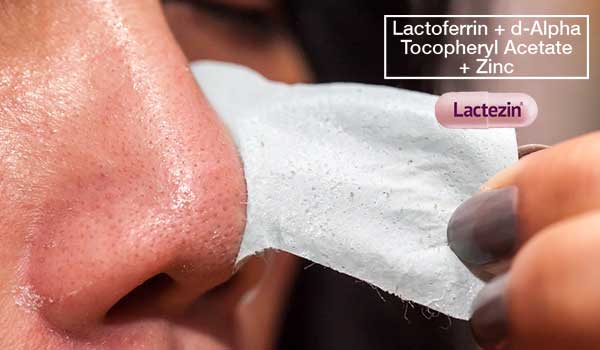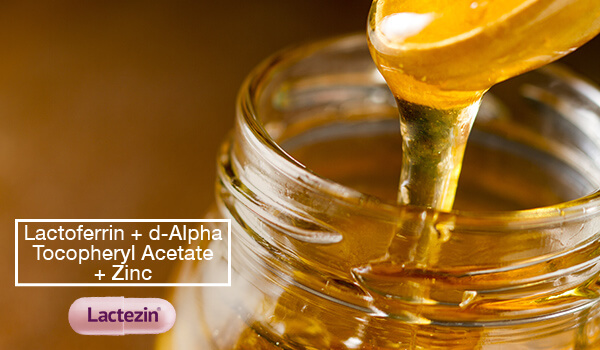Tried and Tested: The Best Ways to Remove Whiteheads from your Nose

Whiteheads on the nose, while relatively harmless, can be very persistent and in some way affect the way you see yourself. It’s a fairly common problem, which is why there is no shortage when it comes to ways on how to remove whiteheads from your nose. But out of all these methods and solutions, which ones are effective in getting rid of them and keeping them from coming back?
Back to basics: what are whiteheads?
Not all blemishes are the same; the key differences affect how you should go about in treating them. Good thing whiteheads are easy enough to spot.
Both whiteheads and blackheads consist of the same material, which is usually a combination of dead skin cells, oil, and sebum. However, the main difference is that whiteheads are closed pores and blackheads stay open.
Often white or yellow in color, whiteheads close at the opening of a pore when it becomes clogged with bacteria and sebum buildup. While visible, whiteheads aren’t painful or irritating, but if left untreated they often become red and/or inflamed, turning into pimples.
How to remove whiteheads from nose
With whiteheads being as common as they are, it’s not surprising that there are many approaches to treating them. But before getting into what works, it may also be helpful to learn about what appears to be helpful-- but may actually be harmful.
Some popular whitehead removal methods you need to be cautious about:
-
Squeezing your nose. It’s almost an automatic reaction to a blemish to want to pop it or squeeze it. Experts have repeatedly advised us not to, as it invites more pore-clogging dirt, oil, and bacteria, and also causes irritation to the skin.
-
Homemade skin remedies. You may have seen them on your Instagram or Pinterest feeds, these quick DIY solutions made with ingredients from your kitchen, like lemon juice or apple cider vinegar. But while these ingredients are certainly beneficial on their own, they may also irritate or damage your skin if not used correctly.
-
Pore strips and peel-off masks. These beauty tools make for good “skin-tertainment” but the “whiteheads” that stick to them are actually the sebaceous filaments that protect the skin against harmful bacteria. So, while the result is satisfying to look at, you’re actually removing cells from the skin’s outer layer and the natural oils that protect your skin from harmful microorganisms.
-
Pore vacuum devices are little handheld tools that suck up dead skin cells and debris trapped in your skin. The results are almost immediate; however, dermatologists warn that a high suction setting might bruise the skin and cause broken blood vessels to appear on the skin. And like pore strips, you also just end up getting rid of protective sebaceous filaments.
But no worries; even if you skip these skincare trends, there are plenty of tried and tested ways to clear up persistent whiteheads. While not as exciting, these are generally safer and better for your skin in the long run.
Here are some steps on how to safely remove whiteheads from your nose:
-
Remove makeup and sunscreen with an oil-based cleanser. It may seem redundant to cleanse twice, but this double cleansing method is effective in getting rid of oil-based products that foam cleansers may not be able to remove.
-
Wash your face with a gentle, water-soluble cleanser that contains a chemical exfoliator. These types of cleansers can gently exfoliate the skin to prevent buildup while thoroughly cleaning it. If you work out or are just generally active, be sure to wash your face after you train.
-
Use a chemical exfoliant like AHA (alpha-hydroxy acid), which is an effective exfoliator that can remove the outermost layer of dead skin cells, revealing brighter, fresher skin. Use it once or twice a week, depending on how your skin reacts to the product.
-
Avoid harsh scrubs that can irritate the skin.
-
Wear sunscreen daily. For oily, acne-prone skin, look for a gel or water-based sunscreen specifically for the face.
-
Use lightweight or gel-type moisturizers, which are hydrating and less likely to clog pores.
-
Look for makeup and cosmetics labeled “oil-free” and “noncomedogenic”, which are less likely to clog your pores.
-
Check the expiration date on your skincare and makeup. There are mobile apps that let you track the shelf life of your products and alert you when it’s time to get rid of an expired product. As a general guideline, creams should be used within a few months, while powders can last around a year.
-
Wash your makeup tools and brushes to avoid pressing more bacteria onto your nose and skin.
If you want to help lessen whiteheads from the inside, you can also try incorporating Lactoferrin + d-Alpha Tocopheryl Acetate + Zinc (Lactezin) into your skincare routine. Lactezin has a breakthrough formulation of ingredients that help treat different kinds of acne problems including whiteheads. Lactoferrin helps fight pimple-causing bacteria, reduces sebum and inflammation, Vitamin E helps maintain healthy skin cells, and Zinc has oil-regulating properties that help heal and rejuvenate skin.
Lactezin is available in all leading drugstores nationwide and in our official stores on Shopee and Lazada.
Lactoferrin + d-Alpha Tocopheryl Acetate + Zinc is the generic name of Lactezin. If symptoms persist, consult your doctor.
SOURCES:
https://www.bioclarity.com/pages/what-are-whiteheads
https://www.refinery29.com/en-us/2015/05/88075/how-to-get-rid-of-whiteheads#slide-1
https://www.aad.org/public/parents-kids/healthy-habits/parents/kids/treating-pimples
https://www.shape.com/lifestyle/beauty-style/how-to-get-rid-whiteheads


